This week I have completed Inhabiting Practice of Art & Open Learning Fair 2021 Thursday 25th November at the Edinburgh Sculpture Workshop. During activity one, I found myself inwardly critical, reflecting on the reliability and validity of the open learning tool/kit. I came across some problems in the whole process in week nine research and feedback sessions. I was surprised at how other group members appeared to automatically trust the content of peer-reviewed tool/kits “rhythm” “routes”, and I sometimes felt that what was presented back to the group was accepted as factual as long as there was a time board.
This prompted me to read into what I now realize is all members contributing a Tool/kit demo. I will do this by combining elements of Anundsen and Illeris’ Inhabiting Practice model with elements drawn from the SECI and DtD approaches. For this activity, I was aware of experiential learning by imitating people who had already mastered the practices we wanted to master to gain invisible knowledge. For example, the artist’s tool/kit and art task. This is based on a skills-based learning model.
Furthermore, Foltz (2020) highlights that the Decoding interview aims to make implicit and unconscious parts of expert knowledge visible and to uncover a related solution and action strategies (cf. Pace, 2017: p.44). In this way, instructors are enabled to detect differences between how they think about the problem and their existing concept of how to teach it. Thus, they can derive appropriate actions afterwards.
I did not want to appear cynical to the rest of the group and kept these concerns to myself, which on reflection, I perhaps could have volunteered for discussion. Instead, I felt that in order to construct an accurate “ I doodle” and “ You Guess” plan, such as timing, rhythm and routes at the end of each scenario. I had to adopt a more robust approach in selecting the appropriate tool/kit to attract participants. After thesis realization, I found it more helpful to employ meta-analyses and systematic reviews to assess research. I found that using SECI and DtD are useful approaches.
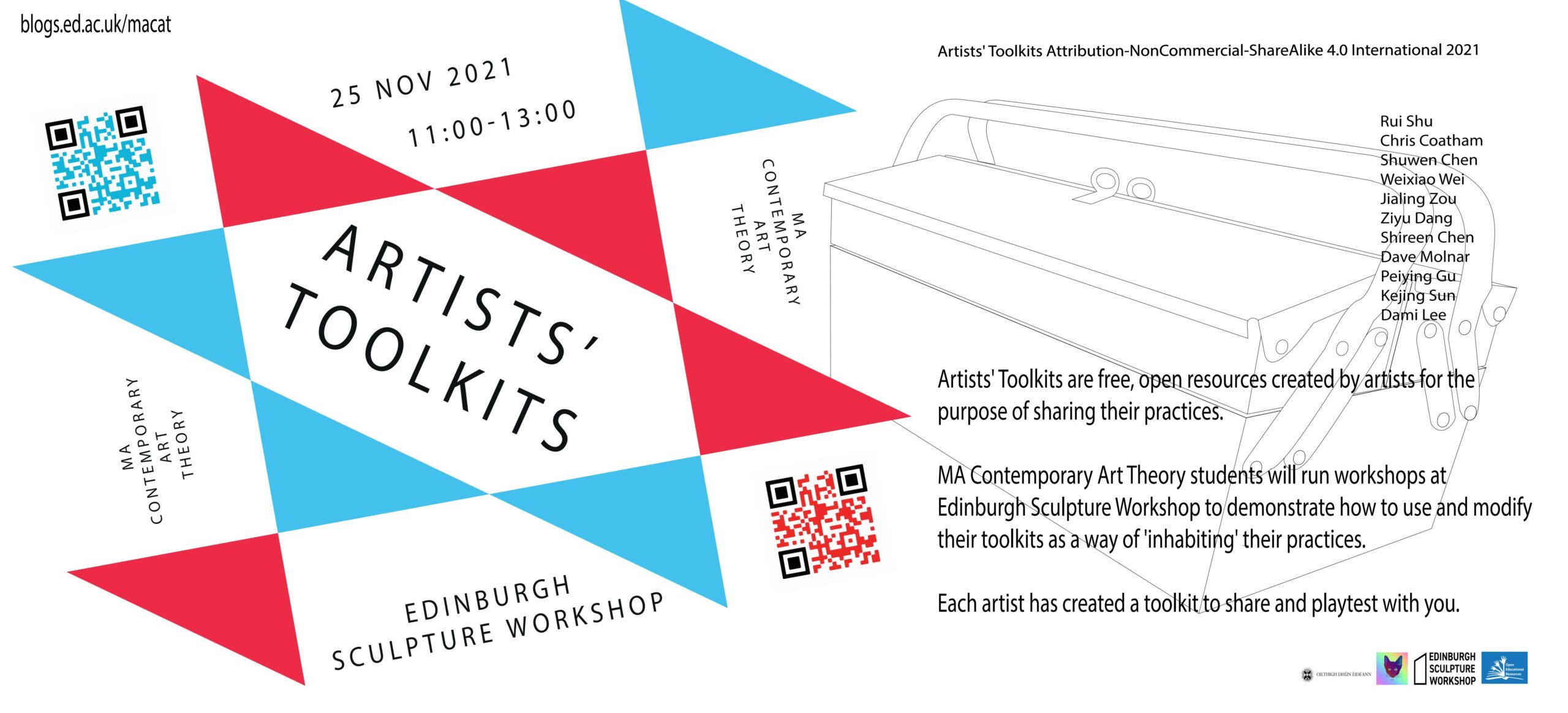
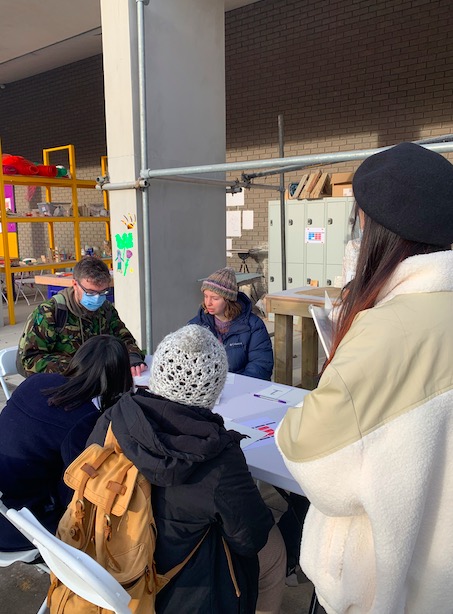

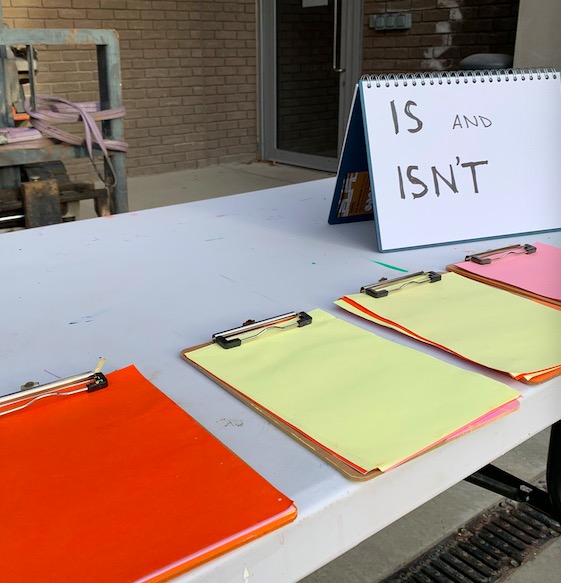
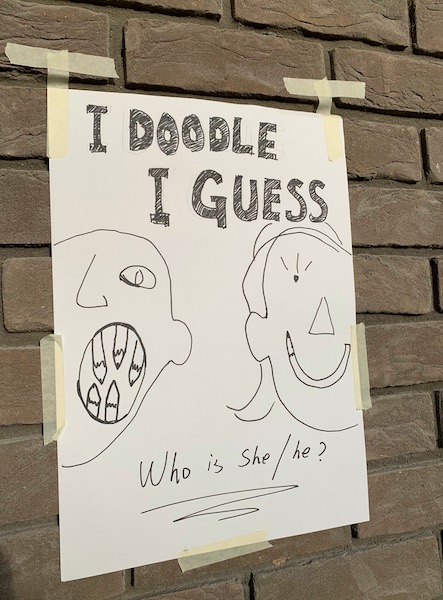
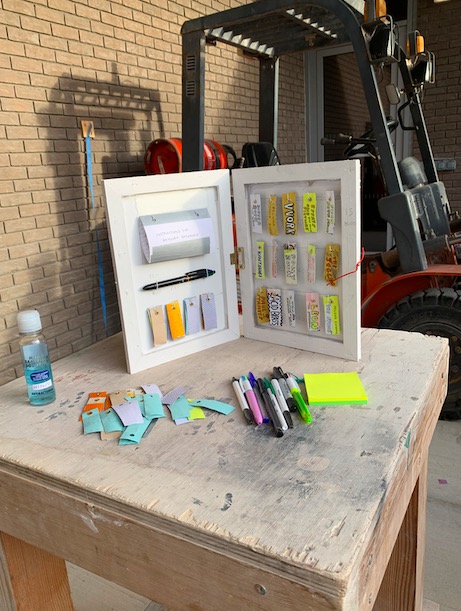
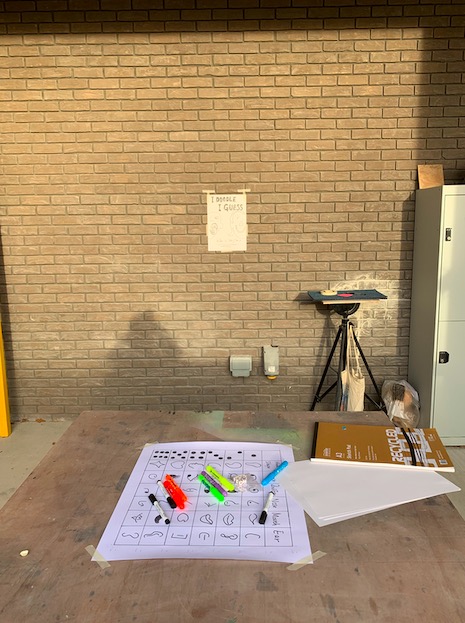


Leave a Reply